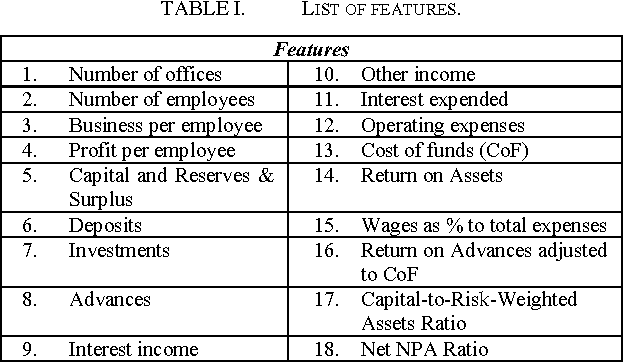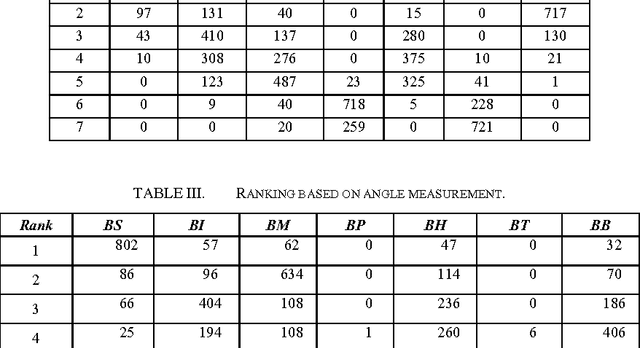Satyakama Paul
Early prediction of the duration of protests using probabilistic Latent Dirichlet Allocation and Decision Trees
Sep 18, 2017



Abstract:Protests and agitations are an integral part of every democratic civil society. In recent years, South Africa has seen a large increase in its protests. The objective of this paper is to provide an early prediction of the duration of protests from its free flowing English text description. Free flowing descriptions of the protests help us in capturing its various nuances such as multiple causes, courses of actions etc. Next we use a combination of unsupervised learning (topic modeling) and supervised learning (decision trees) to predict the duration of the protests. Our results show a high degree (close to 90%) of accuracy in early prediction of the duration of protests.We expect the work to help police and other security services in planning and managing their resources in better handling protests in future.
Proposition of a Theoretical Model for Missing Data Imputation using Deep Learning and Evolutionary Algorithms
Dec 04, 2015



Abstract:In the last couple of decades, there has been major advancements in the domain of missing data imputation. The techniques in the domain include amongst others: Expectation Maximization, Neural Networks with Evolutionary Algorithms or optimization techniques and K-Nearest Neighbor approaches to solve the problem. The presence of missing data entries in databases render the tasks of decision-making and data analysis nontrivial. As a result this area has attracted a lot of research interest with the aim being to yield accurate and time efficient and sensitive missing data imputation techniques especially when time sensitive applications are concerned like power plants and winding processes. In this article, considering arbitrary and monotone missing data patterns, we hypothesize that the use of deep neural networks built using autoencoders and denoising autoencoders in conjunction with genetic algorithms, swarm intelligence and maximum likelihood estimator methods as novel data imputation techniques will lead to better imputed values than existing techniques. Also considered are the missing at random, missing completely at random and missing not at random missing data mechanisms. We also intend to use fuzzy logic in tandem with deep neural networks to perform the missing data imputation tasks, as well as different building blocks for the deep neural networks like Stacked Restricted Boltzmann Machines and Deep Belief Networks to test our hypothesis. The motivation behind this article is the need for missing data imputation techniques that lead to better imputed values than existing methods with higher accuracies and lower errors.
Applying the Negative Selection Algorithm for Merger and Acquisition Target Identification
Aug 10, 2013


Abstract:In this paper, we propose a new methodology based on the Negative Selection Algorithm that belongs to the field of Computational Intelligence, specifically, Artificial Immune Systems to identify takeover targets. Although considerable research based on customary statistical techniques and some contemporary Computational Intelligence techniques have been devoted to identify takeover targets, most of the existing studies are based upon multiple previous mergers and acquisitions. Contrary to previous research, the novelty of this proposal lies in its ability to suggest takeover targets for novice firms that are at the beginning of their merger and acquisition spree. We first discuss the theoretical perspective and then provide a case study with details for practical implementation, both capitalizing from unique generalization capabilities of artificial immune systems algorithms.
 Add to Chrome
Add to Chrome Add to Firefox
Add to Firefox Add to Edge
Add to Edge